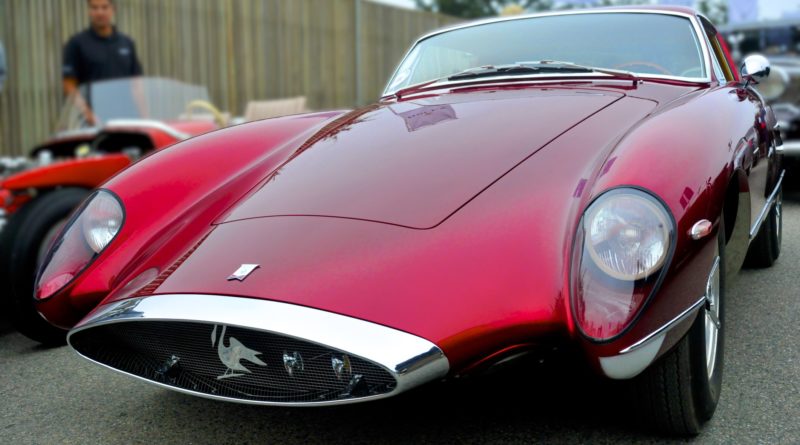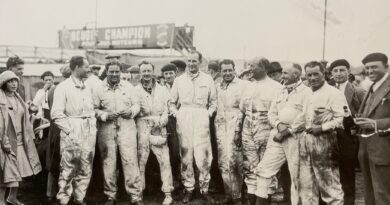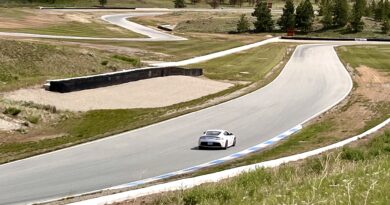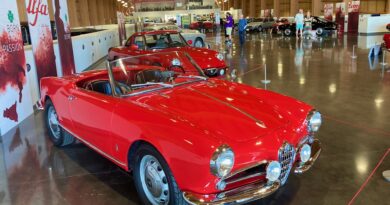Two Mid-sixties Trendsetters
This week we’re going to double down with two cars I absolutely love. Photos will never do either of these cars justice. Built just a year apart by two incredibly talented individuals, they foretell the future of styling and other innovations.
The 1966 Bosley Mark II Interstate
After three years and $9,000, Richard Bosley was just 22 when he finished his first car in 1955, one that both echoed and anticipated the best Italian coachwork designs from the mid-to-late fifties. The young horticulturist pieced his GT Mark I together reading how-to articles in Road and Track and using bits from a ’50 Ford, a C-type Jaguar, and ’48 Mercury with a ’52 Chrysler V8 mated to a 5-speed transmission. The body was an experiment with the new medium of polyester-based fiberglass based upon his own sketches. It would do 160 MPH and duly impressed the international auto press. He reportedly put 100,000 miles on the car before trading it to well-known SCCA racer and GM dealer Dick Doane for Corvette Sebring racer #6 (built on a modified ’55 frame, not a ’56 SR-2 as is commonly thought) in 1957. Bosley used the Corvette chassis as the basis for the Mark II.
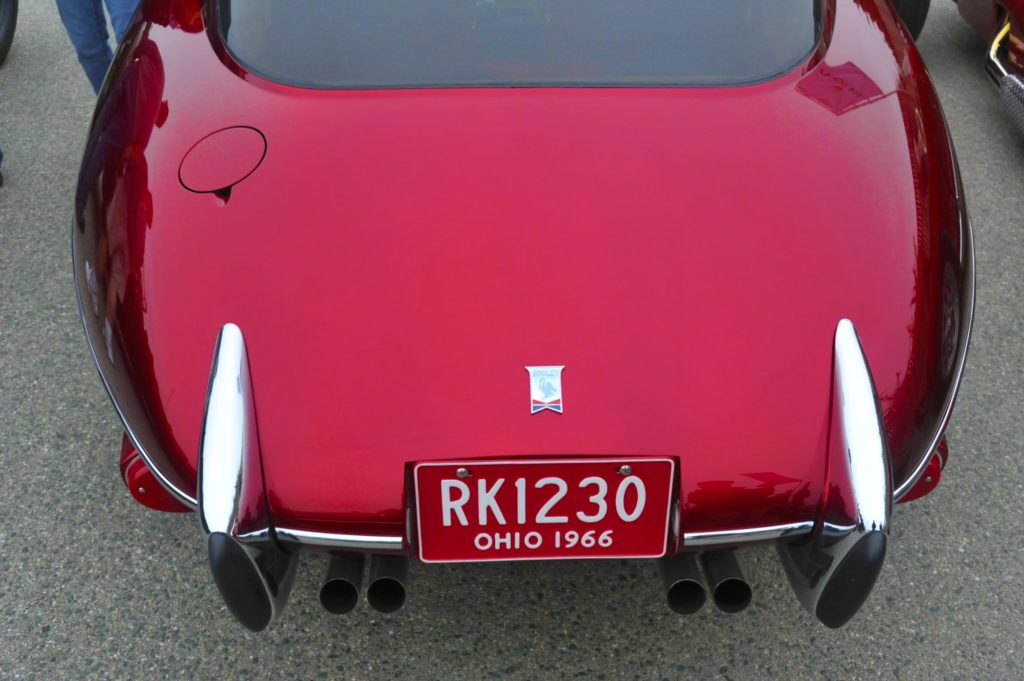
The Mark II Interstate was only Bosley’s second attempt at car design, and it possesses many creative and innovative features. Again built from fiberglass, this time Bosley used female molds instead of a male monocoque, as he hoped to build as many as 24 cars. While the Mark II also received favorable notice and was invited to the Henry Ford Museum’s 1967 Annual Sports Car Review, no orders ever materialized.
The Mark I looks like a Vignale-bodied Ferrari GT with some extra panache. Both cars are stunning in the flesh, but the sheer audacity of the Interstate makes it appear more concept car-like, even though it was and is completely functional. Some of its innovations included seat belts, head rests, reclining seats, tempered side glass, tinted rear window, special interior lighting, side light markers, built-in roll bar, and anti-lift windshield wipers. In true design house fashion, his cars were sketched and developed with full-scale clay models. This from a guy who sold flowers for a living.
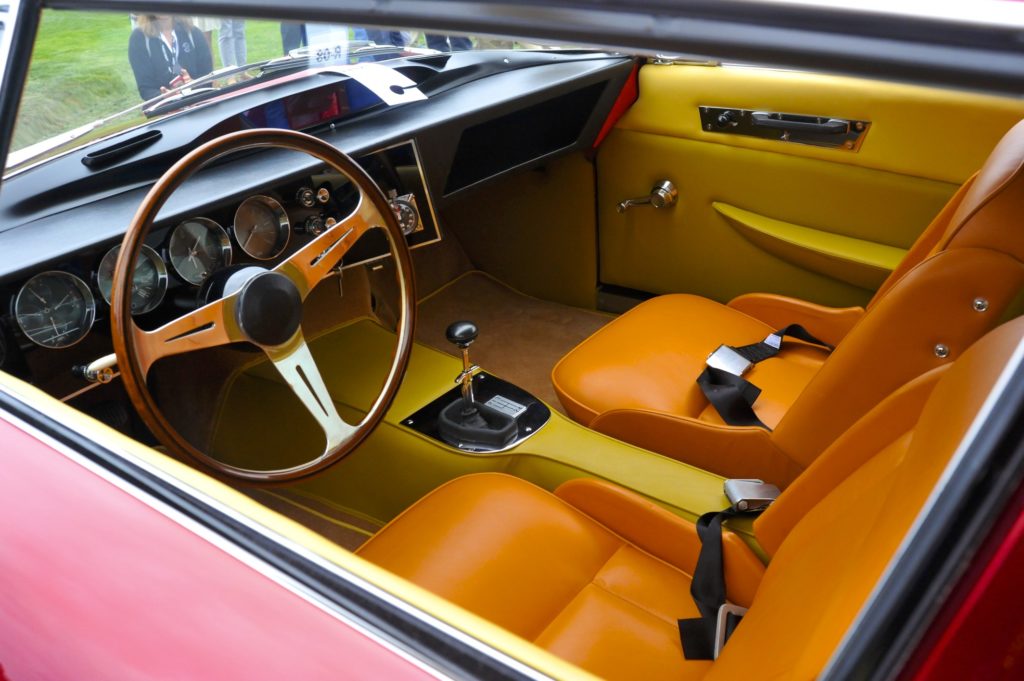
The cars both sported powerful engines, the Mark I boasting the 331 cu.in. Hemi and the Interstate a 345HP Pontiac V8 which, along with its refined GT suspension, provided a luxurious and rapid interstate driving experience. Two mighty impressive cars from a man possessing great creative expression.
Herb Adams’ 1965 Pontiac Vivant Roadster
Although the body was undoubtedly inspired by the Alfa Romeo BAT cars (see our post from January 22) Pontiac engineer Herb Adams utilized plenty from the Pontiac parts bin, including a special 370 cid V8 that was one of several special horsepower development engines. The Vivant hinted strongly at the design ethos coming for the Pontiac Firebird & Trans Am, as can be seen in the grill shape, long hood, interior console, seats and accents.
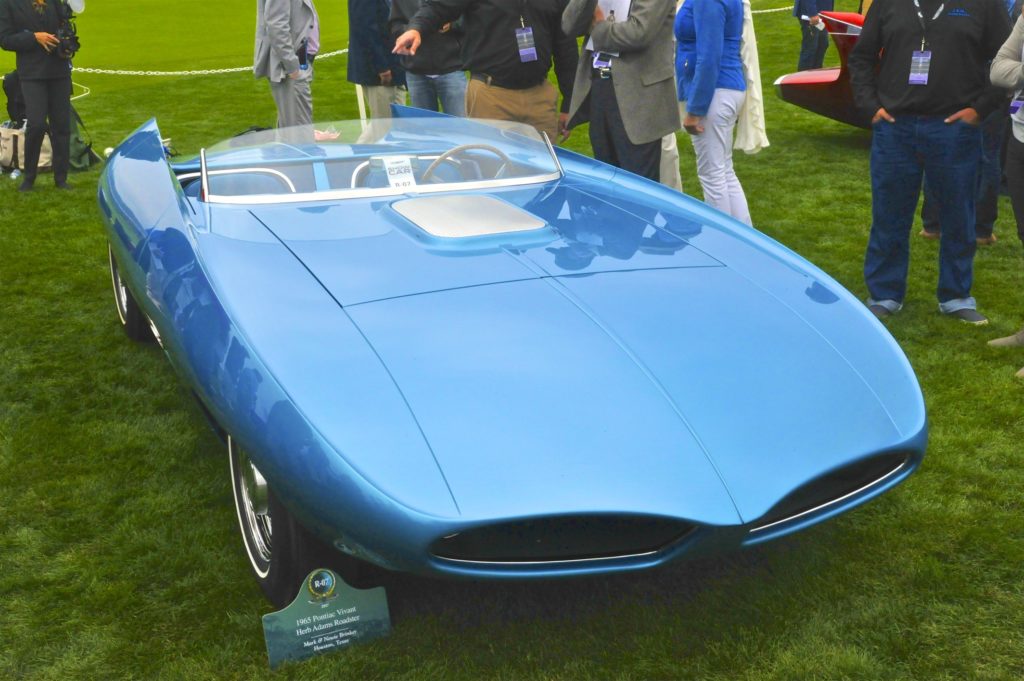
I love the restrained use of surface flow and the marvelous fins that curve gracefully up from the flanks, whose curves transition so seamlessly into the grill and the wonderful fin line that flows unbroken around the car. Although you can’t see them in this picture, the chrome side exhausts behind the front wheelwells also add a sporting touch to this impeccable roadster. I immediately fell in love with this car, and I had never seen it before.
Herb Adams designed it right out of college, pursuing the project on the side. The chassis and many of the mechanicals were junkyard Pontiac parts. The body, designed and modeled by Adams, was hand formed from aluminum by a trio of transplanted Brits who called themselves “The Beatles of Troy, Michigan.” They had gained some notoriety building race cars for the likes of Don Garlits and Tommy Ivo and agreed to build the car at a significant discount, allowing Herb to finish his project for the 1966 Detroit Autorama.
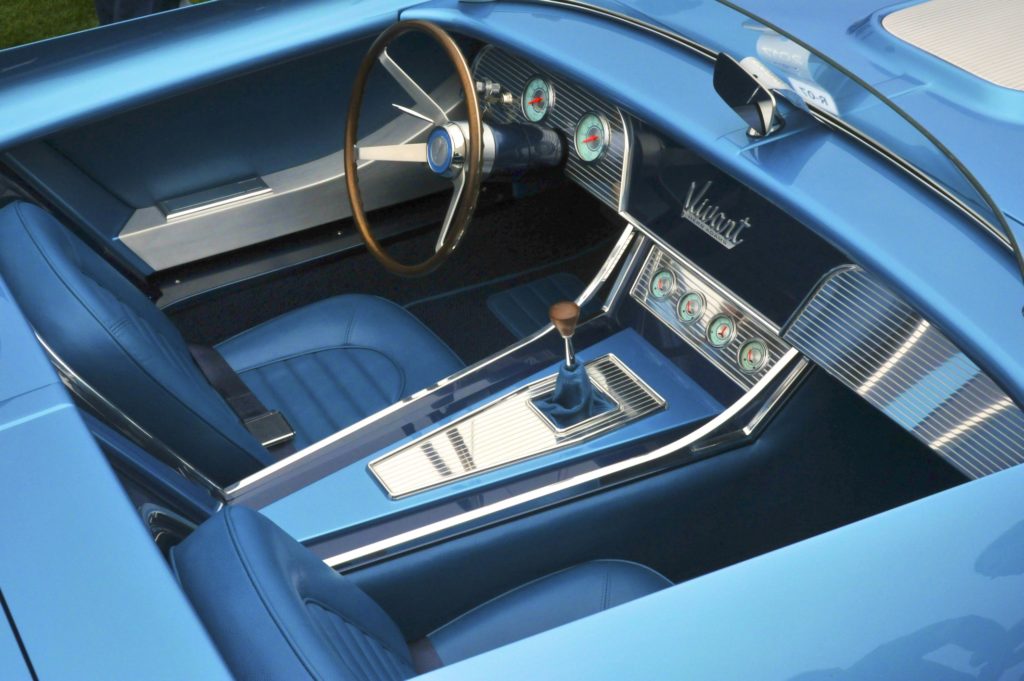
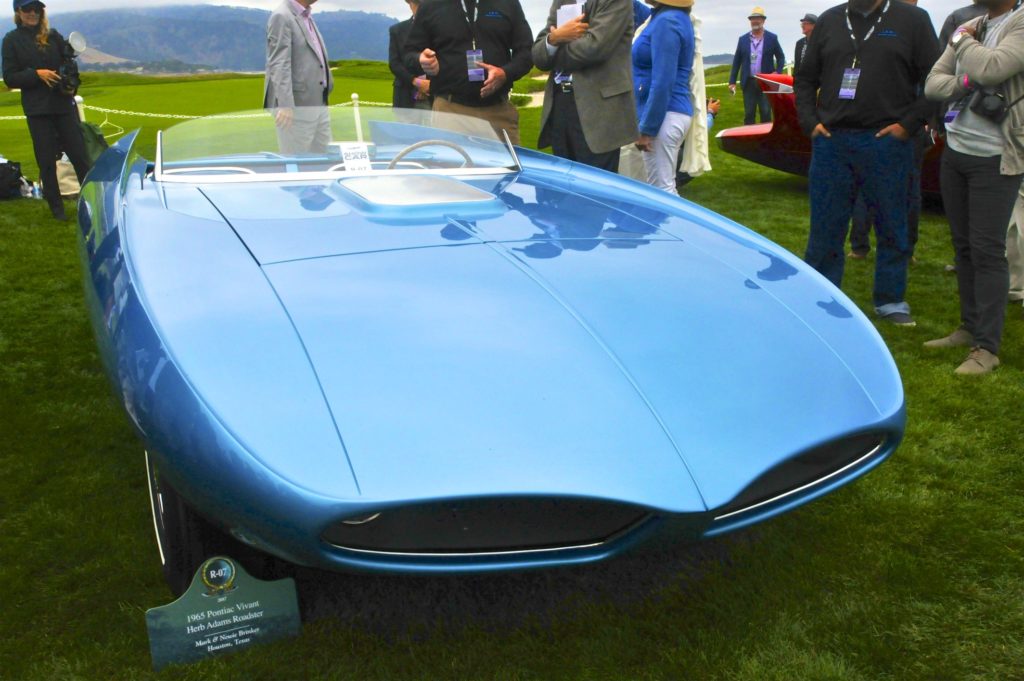
After several car shows in the mid-sixties, Adams sold the car to settle some SCCA racing debts, and it disappeared soon afterward. The car was rediscovered in 2009 by current owner Mark Brinker. After a full restoration the Vivant made its first public appearance in more than half a century here at Pebble Beach in 2017 by winning its class.
Adams went on to a distinguished career at Pontiac as the father of the Trans-Am, the GTO Judge and the 455 Super Duty.

